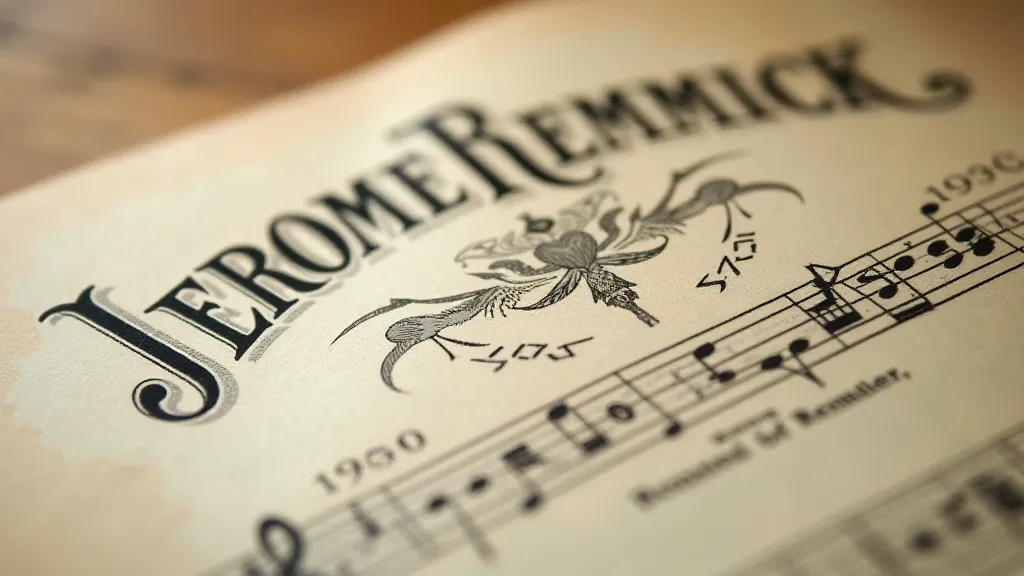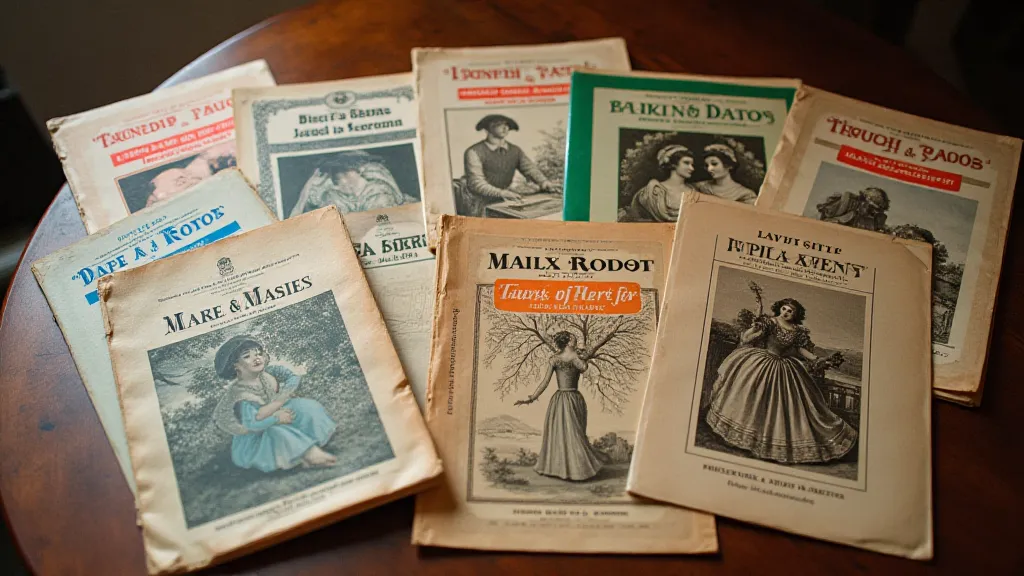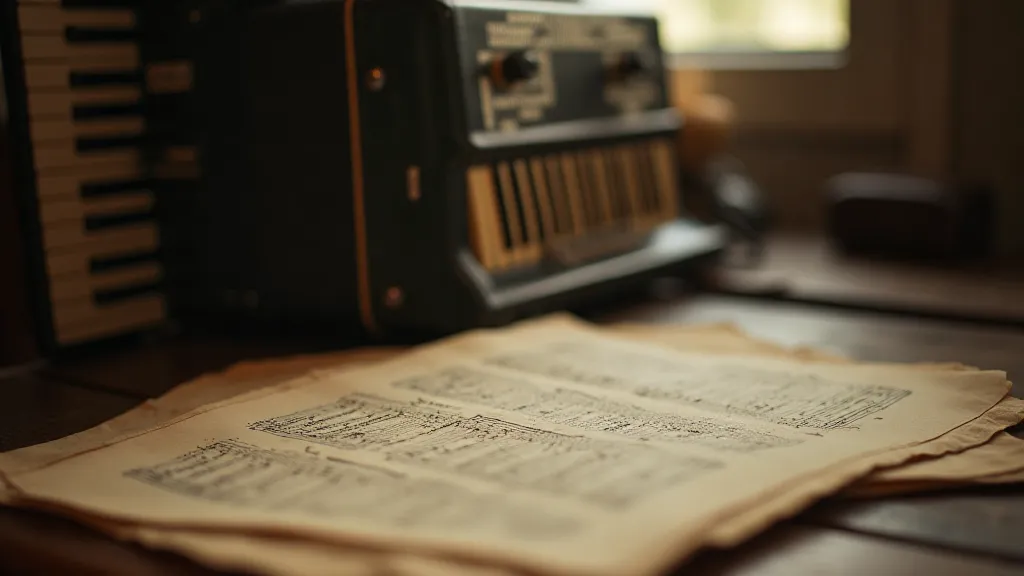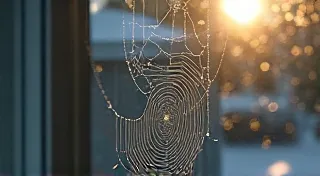The Unsung Voices of the Copyright Page: Identifying Publishers and Their Impact
The scent of aged paper, the brittle fragility of a forgotten score – these are the sensations that draw many of us to the world of vintage sheet music. We pore over the melodies, admire the often-vibrant cover art, and lose ourselves in the echoes of performances past. But beyond the tunes themselves, a wealth of history resides within these unassuming pages. Often overlooked, yet deeply significant, are the names printed on the copyright page: the publishers. They are the unsung voices, the gatekeepers of musical creation, and understanding their influence is key to truly appreciating the legacy contained within each piece of vintage sheet music.
My own fascination began with an antique accordion. Not a grand concert model, but a humble parlour instrument, passed down through generations. It hummed with a quiet melancholy, a whisper of dances and family gatherings. When I started researching its provenance, I kept finding references to sheet music – not just the melodies themselves, but the companies that printed and distributed them. These names – Jerome Remick & Co., M. Witmark & Sons, Oliver Ditson Company – weren’t just random words; they were institutions, vital arteries in the flow of music across the nation and beyond.
The Rise of the Music Publisher
Before the 20th century, music dissemination was a significantly slower process. Composers relied on handwritten copies, laborious engraving, and a network of individual music shops. The rise of lithography in the mid-19th century, however, revolutionized the industry. Suddenly, music could be reproduced quickly and relatively affordably. This created a perfect environment for music publishers to emerge and flourish. These weren’t just printers; they were scouts, marketers, and risk-takers. They searched for promising composers, secured copyrights, arranged for performances, and actively promoted their music through advertisements, contests, and even vaudeville shows.
Jerome Remick & Co., for instance, became a titan of the popular song publishing world, known for their aggressive promotion of songwriters like George M. Cohan and Paul Dresser. They championed Tin Pan Alley’s burgeoning talent and their innovative marketing strategies significantly impacted the way music was consumed and enjoyed. M. Witmark & Sons, another significant player, held copyrights to a staggering array of classics, from operettas to ragtime, and their catalogue reflects a wide-ranging taste and a keen eye for what resonated with the public.

Craftsmanship and the Aesthetics of the Page
Looking beyond the names, the physical appearance of vintage sheet music offers another layer of understanding. Early lithographic printing could be unpredictable, resulting in variations in color and registration that are now considered charming quirks. The cover art itself was a crucial element – often elaborate and eye-catching, designed to entice potential buyers. These weren't just illustrations; they were miniature works of art, reflecting the prevailing aesthetic tastes of the era. Some publishers developed a distinct "house style," evident in their choice of fonts, illustration techniques, and overall design.
The paper used also matters. Quality varied considerably. Cheaper sheet music was often printed on thin, flimsy paper that deteriorates rapidly. More expensive editions were printed on thicker, more durable stock. Recognizing these differences can give you clues about the original intended market and the sheet music's value. Careful handling and storage – keeping music away from direct sunlight and humidity – can help preserve these fragile artifacts for future generations.
The Composer-Publisher Relationship: A Complex Partnership
The relationship between composers and publishers was often a complex dance of necessity and negotiation. Composers needed publishers to get their music distributed, but publishers held considerable power. Copyright law, still in its formative stages for much of this era, could be difficult to navigate. While composers received royalties – often a small percentage of sales – they often signed away considerable control over their work.
Think about the story of Paul Dresser, a talented songwriter who found early success with Jerome Remick & Co. While Remick aggressively promoted his songs, Dresser ultimately felt exploited by the publisher’s business practices. His experiences highlight the inherent power imbalance within the industry and the challenges faced by many composers seeking fair compensation and recognition for their creativity. Examining these stories reveals a more nuanced picture of the music industry than we might glean simply by admiring the sheet music itself.
Identifying Publishers: A Collector’s Guide
For those drawn to collecting vintage sheet music, identifying the publisher is an essential part of the process. Here are a few key areas to research:
- Copyright Date and Notice: This is the most obvious place to start. The copyright notice typically includes the publisher’s name and the year of publication.
- Publisher’s Logo or Mark: Many publishers developed distinctive logos or marks that can help identify their publications.
- Catalogue Numbers: Publishers often assigned catalogue numbers to their sheet music. These numbers can be helpful in tracking down additional information about a particular piece.
- Online Resources: Numerous websites and online databases offer information about music publishers and their catalogues.

Beyond the Melody: A Window into a Lost Era
Collecting vintage sheet music isn’t just about acquiring beautiful objects. It's about connecting with the past – with the composers, the publishers, the performers, and the audiences who brought these melodies to life. It’s about appreciating the craftsmanship that went into creating these artifacts and understanding the historical context in which they were produced. The names on the copyright page aren’t just identifiers; they’re echoes of a vibrant and dynamic era in music history. They are the unsung voices, and they have a story to tell.
The next time you examine a piece of vintage sheet music, take a moment to look beyond the notes and the cover art. Seek out the name of the publisher. Research their history. Consider their impact on the music industry. You’re likely to discover a whole new layer of appreciation for these enduring treasures – a deeper understanding of the vibrant culture that birthed them, and a renewed sense of connection to the melodies that continue to resonate today.






